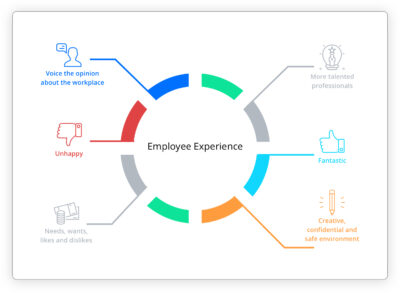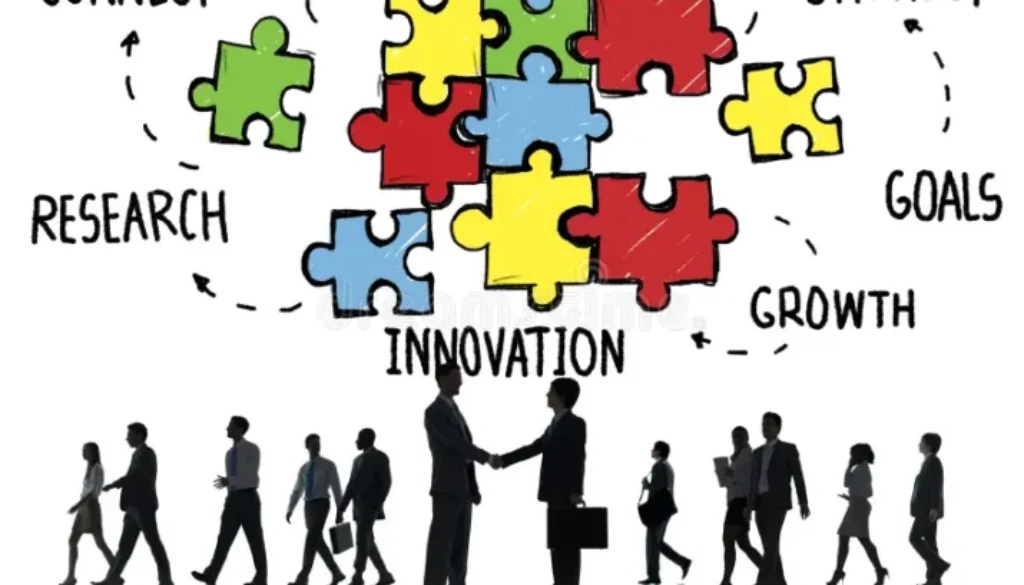A seamless transition from Onboarding to Exit
Over the past few years, there have been numerous changes in the workplace, with employees now wanting more than just jobs. It has become apparent that HR is striving to improve Employee Management.
Employee experience, or EX, is not limited to free snacks and gym memberships. It is about fostering an atmosphere of camaraderie and inspiration within the organization. It is becoming common for HR teams to engage employees at every stage of their careers, from the first sign-up to the final one.
The Importance of Onboarding.
From the beginning, the journey begins for employees.? The objective is to make new employees feel at ease with their tasks. When employees are fully prepared for onboarding, they feel included and eager to participate… According to research, retention and productivity can be enhanced through effective onboarding.
To make onboarding more personal, HR is re-establishing. The onboarding process is being adjusted by companies instead of a uniform approach. As an example, certain organizations have buddy programs.’ Mentors are available to guide new hires and answer questions.
Technological advancements are also significant. Online onboarding portals simplify paperwork and introduce new recruiters to a familiar company culture. VR training is another development.edu.?… Employers can learn more quickly by being simulated in it.
A favourable work atmosphere is essential.
Creating a positive work environment is the first step in the onboarding process. The workplace should be a safe, respectful, and motivating place for employees.
The importance of having a healthy mindset has grown within HR. Organizations provide services such as counselling, health screenings, and flexible work hours. Employees can feel appreciated through frequent feedback sessions and recognition programs.
Culture is key to engagement. Employers prefer companies that are aligned with their values. On a daily basis, HR makes clear and follows organizational values. Why? A sense of trust and belonging can be achieved through open dialogue.
Growth and Development Opportunities.
HR values growth and development above all else, as it is the only way employees can remain in the company if they see a future. Training programs, mentoring, and career planning tools are becoming more prevalent.
The fast-paced world today demands the highest level of reskilling and upgrading. Why? HR teams develop programs that aid in employee adaptation to new roles or technologies. Hence, some grant tuition savings for advanced studies.
Preparing for Career Transitions.
Every career has an end. There is a time to leave if you are retired or have an opportunity elsewhere. » An exit approval is good corporate citizenship and can create additional opportunities for cooperation. “.
HR is now developing offboarding programs. Why? They can now determine whether they want to grant interviews about leaving, contribute to gathering information, or communicate their benefits by assisting in the career-changing process. Alumni networks permit the former employee to become connected with future potential partners.
Desirable employee experience needs data input from the HR teams. Through the feedback tools, surveys and performance metrics, these measures can be identified. Predictive Analytics identifies the pattern and potential problems that arise before they become noticeable. This may translate to workers leaving after two years, and the reasons for this lie in the limited choices regarding expansions. X. Human resources may use this information for designing new development programs or career paths.
Conclusion
Employee Experience 2.0 is far more than keeping people happy. It is about a seamless journey that supports the employee at each stage of onboarding to exit. Every step matters.
Inculcating a holistic approach, HR can create work environments where people thrive. Employees who are engaged are productive, loyal, and innovative. Ultimately, an investment in the employee experience benefits not only the employees but the organization and even the customers.
As the workplace continues to change, so will strategies to improve EX. This is one thing that has always been clear: the employee is the heart of the organization. Prioritizing their experience is not just a trend; it’s the future of work.
~ By Shraddha Chaurasia, IMS Ghaziabad

